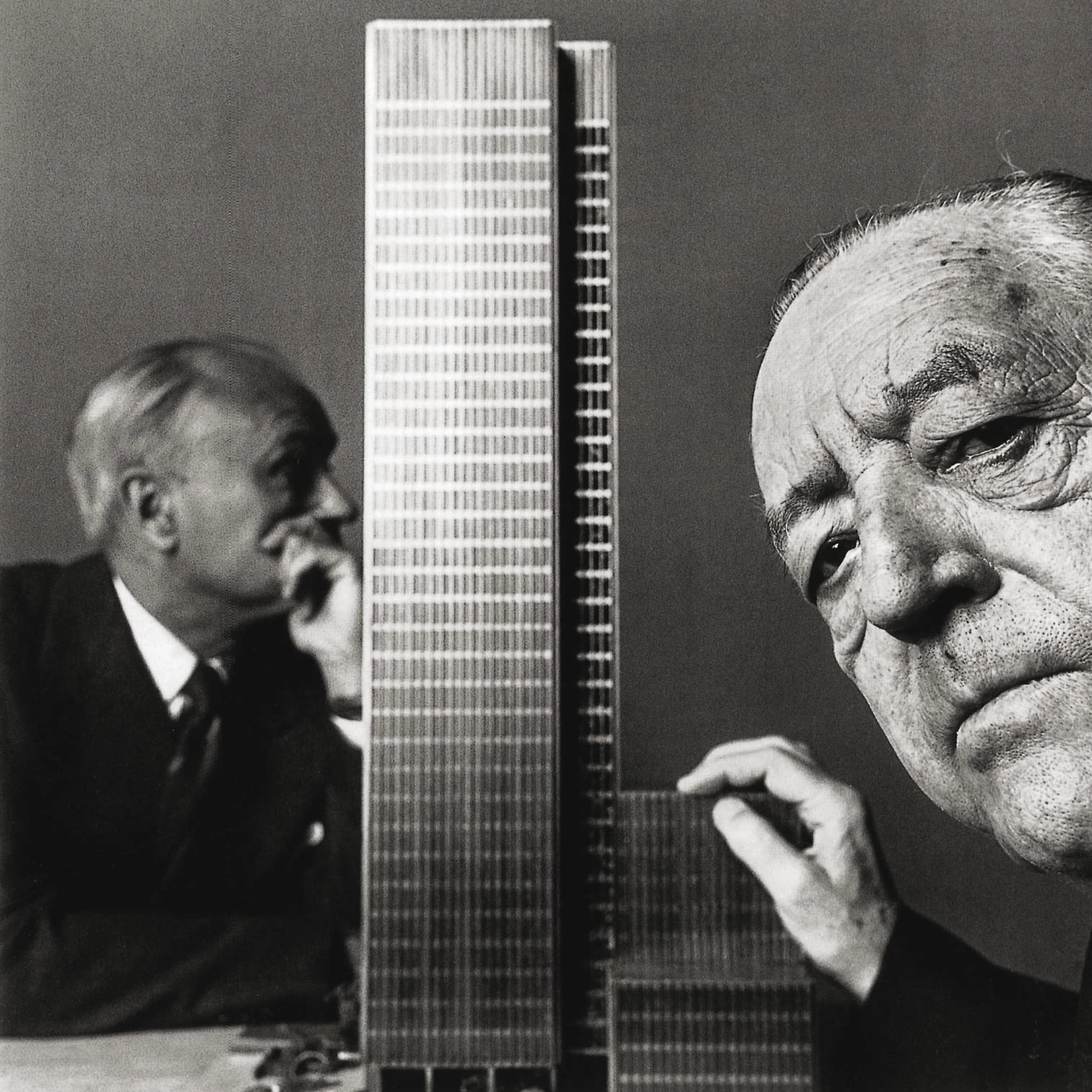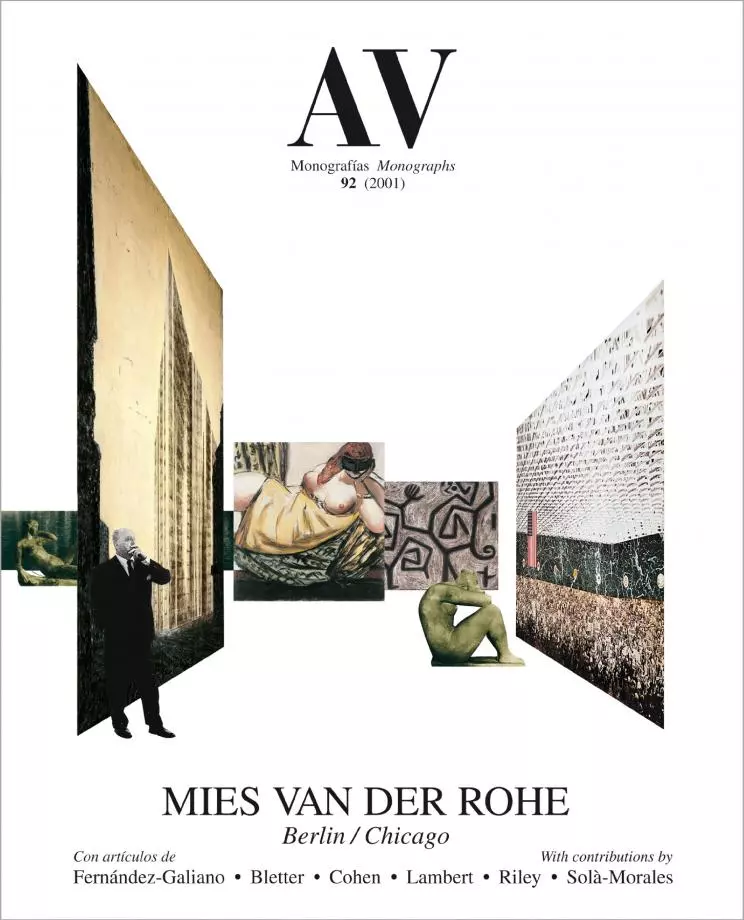The Urban Skyscraper
Impassive Prisms and Impossible Works

It is probable that Mies should have wanted to close his creative career with clear-span buildings, his most civic constructions, in which the community meets and acknowledges it self at the same time; however, his most ecumenical heritage would be the skyscraper – an architectural type inevitably associated to technocracy and the economic power of large companies – whose proliferation following his models would place Mies in the very heart of corporate architecture. If his low-rise forged the new language of technique, and the clear-span laid the foundations of contemporary monumentality, with the high-rise he was able to materialize a type of unanimous popularity which was fueled by the prosperity of the sixties, and whose multiplication by enthusiasts of Mies gave the architect as much influence as ambiguous notoriety. His skyscraper of inflexibly prismatic volumetry and obsessively modular facade was conceived in the Greenwald residential projects of Chicago, the drawing of Promontory and the built work of 860-880 Lake Shore Drive; but it would reach its peak of perfection and visibility in a corporate office tower in New York, the Seagram Building, a refined 38-floor colossus of rigorous geometry and laconic timeless classicism, which elevates the sober display of its bronze sections in front of the axial neo-Florentine palazzo of McKim, Mead and White located across Park Avenue. This work, in which he collaborated with his loyal admirer Philip Johnson, resident in New York – a circumstance which did not stop Mies from spending long periods in a city hotel while he supervised the project–, and with Phyllis Lambert (the daughter of Samuel Bronfman, president of the Seagram company), is indeed a construction of insuperable elegance and enigmatic beauty, which effortlessly imposes itself on the nearby buildings, including the Lever House where Gordon Bunshaft of SOM applied for the first time the ideas of Mies to an office building; but it is also a refined exercise in urban design, that creates in Manhattan, upon a subtle podium of pink granite and Tinos marble, a civic plaza admirably articulated with the urban spaces at the rear of the tower... [+]





